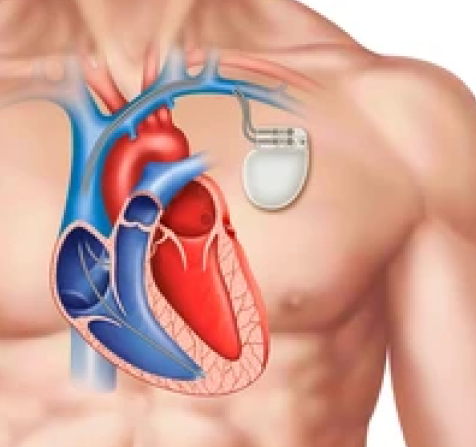In General, a Consent Form is a document with important information about a medical procedure or treatment, a clinical trial, or genetic testing. It also includes information on possible risks and benefits. If a person chooses to take part in the treatment, procedure, trial, or testing, he or she signs the form to give official consent. In addition, this consent will be the record for the Hospital to gather Patient and relevant clinical information to start the process in and around the Hospital.
The Hospital collects Patient data for clinical diagnosis purposes. In that scenario either the Patient / attender needs to read and accept the following consent.
- The Hospital has the right to create/store medical records as per the data shared by the individual. In accordance, it may be via a valid ID proof or through some handwritten forms or even through online registration forms applicable.
- The Demographic data such as the Patient Name, Age, DOB, Address for communication, Mobile number, Email ID and even the attender information will be captured and used by the Hospital during every visit to the healthcare organization.
- The data in terms of Demographic / clinical diagnosis information will be shared in and around the Hospital to cross validate and to give the exact results / solutions to the Patients.
- As per the directions from the Government, the personal data requests from the Patients may vary according to the necessity of the particular visit like ABDM, etc.
- I understand and completely agree that my data may be accessed by the healthcare professionals directly or indirectly involved in my treatment procedures whichever availed/ provided in this Hospital.
- If the Patient is minor in terms of age, then the responsibility of sharing the accurate data belongs to their parents or legal guardians.
- I agree that the data in terms of texts, images, audios or videos will be recorded by the Hospital to administer the Patient to give them relevant and accurate care. I understand that all collected data will be stored in encrypted format to ensure confidentiality and compliance with data protection regulations.
- Consent to financial responsibility for services rendered, including understanding insurance coverage, potential out-of-pocket costs, and billing procedures.
- This consent specifically does not include any invasive procedures, administration of Anaesthesia/sedation, or personal medical treatment.
- I understand and agree that the Hospital can send SMS, make calls, or send emails regarding appointments, medical services, and treatment.
- The Hospital ensures that the Patient's data is handled with utmost confidentiality, integrity, and compliance with relevant laws and regulations governing healthcare data privacy and security.
- Patients have the right to receive clear and understandable information about their medical condition, proposed treatment, potential benefits, risks, and alternatives before agreeing to any procedure or intervention, during their visit or length of stay in the Hospital.
- This Hospital has given opportunities to ask questions related to the SRH services during submitting this consent. All my queries have been answered to my fullest satisfaction and there are no misconceptions or false hopes in my mind.
- In some cases, the diagnostic images are utilized for Research or Educational purposes to advance medical knowledge, improve clinical practices and to enhance healthcare education by getting approval from concerned departments by de-identifying Patient information.
- To the clear notice of understanding, I have the right to withdraw my consent at any time, for any reason, without affecting my current/future medical care







